Remembering Lee Karney
Lee Karney, a longtime Golden Gate Bird Alliance volunteer, passed away on January 3, 2017 at the age of 84. Lee was a regular participant in our monthly habitat restoration sessions at Pier 94 in San Francisco, and documented those sessions with photographs. You have undoubtedly seen his vivid photos on our web site and in many issues of our newsletters! The following remarks were delivered by GGBA Volunteer Coordinator Noreen Weeden at Lee’s memorial service last weekend.
Initially I met Lee through Golden Gate Bird Alliance, where he was a member of the San Francisco Conservation Committee. As an architect for 45 years in the Bay Area, he put his knowledge and background to work in several local projects including the India Basin development comments. He submitted letters and met with our district supervisor in support of the Standards for Bird Safe Buildings ordinance, which was passed in San Francisco in 2011.
 Lee Karney taking photos at the 2012 SF CBC dinner / Photo by Ilana DeBare
Lee Karney taking photos at the 2012 SF CBC dinner / Photo by Ilana DeBare
Lee became an avid wildlife photographer in his retirement, and offered to contribute his photography skills to Golden Gate Bird Alliance. He submitted beautiful bird photographs that he had taken locally for articles in our newsletter. Over a 10-year period, his impressive photos of birds were seen by thousands of people. His photographs of people enjoying volunteering or attending events inspired others to volunteer or participate. He photographed at Harding Park, Golden Gate Park, McLaren Park, Ocean Beach, Crissy Field and most frequently at Pier 94. He also photographed outside at our Volunteer Appreciation picnics, Birdathon fundraising events and Christmas Bird Counts, as well as the indoor CBC celebration dinners.
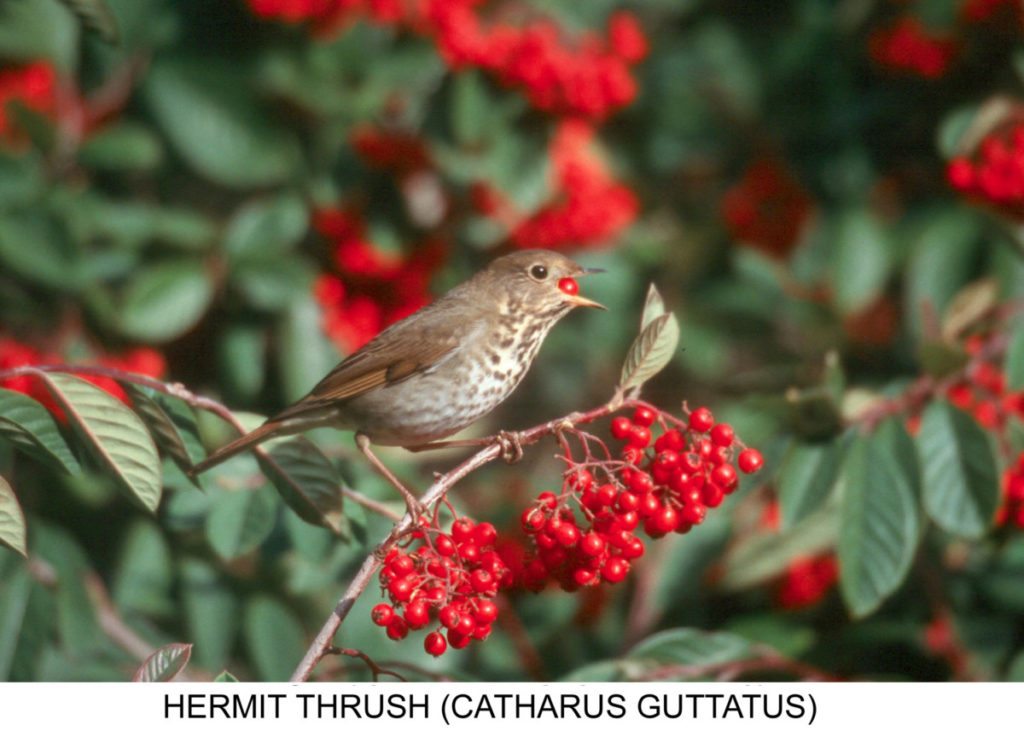 Photo by Lee Karney
Photo by Lee Karney
 Photo by Lee Karney
Photo by Lee Karney
Bird photographs taken by Lee were published in the 100 Birds of Heron’s Head field guide, which was provided free to beginning birders and school kids in San Francisco.
Lee was able to talk with people of all ages and backgrounds, from Cub Scouts to Girl Scouts and Eagle Scouts, from at-risk high school students to U.C. Berkeley students, people from the neighborhood, interns, and millennials from corporate groups participating in community service. He was able to make people feel at ease. Lee got people to smile since his own smile was sincere.
Lee generously provided transportation to volunteers that needed a lift and he also encouraged people to get together after planting or weeding at habitat restoration events.…


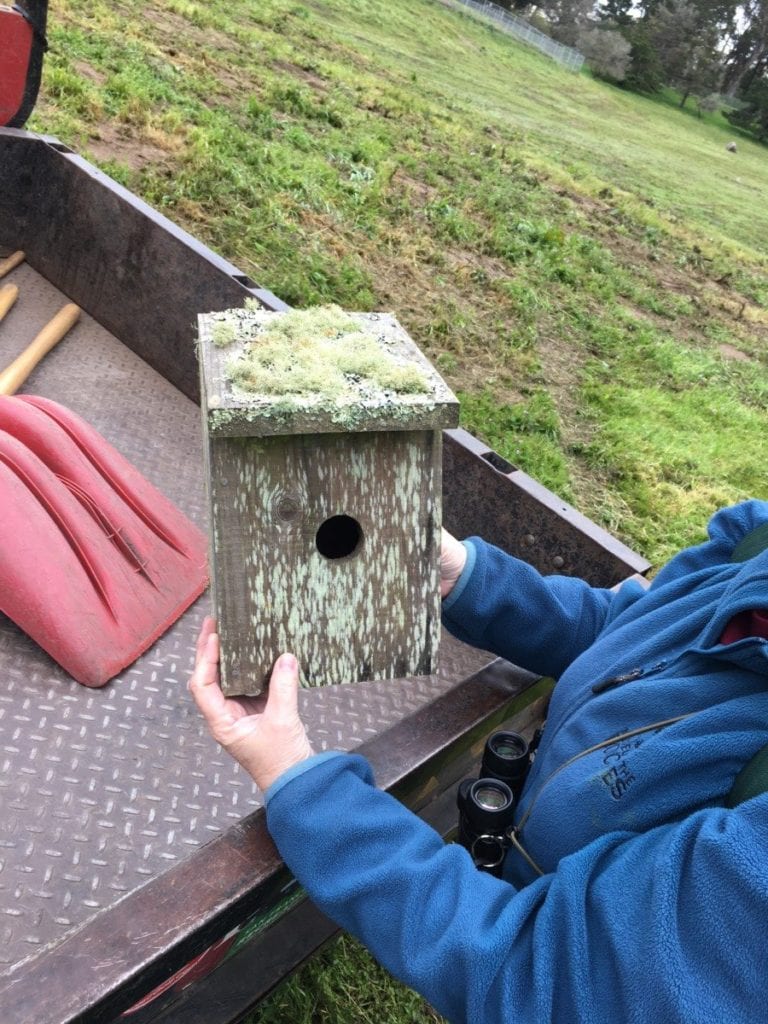
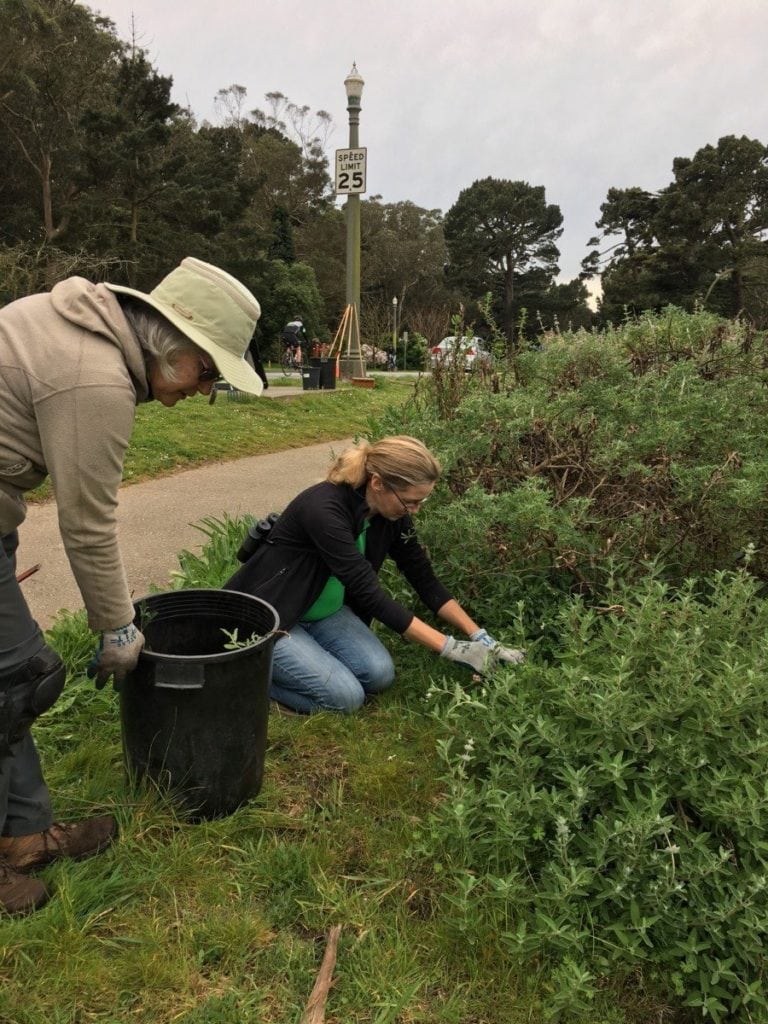 Removing invasive weeds at the Bison Paddock
Removing invasive weeds at the Bison Paddock
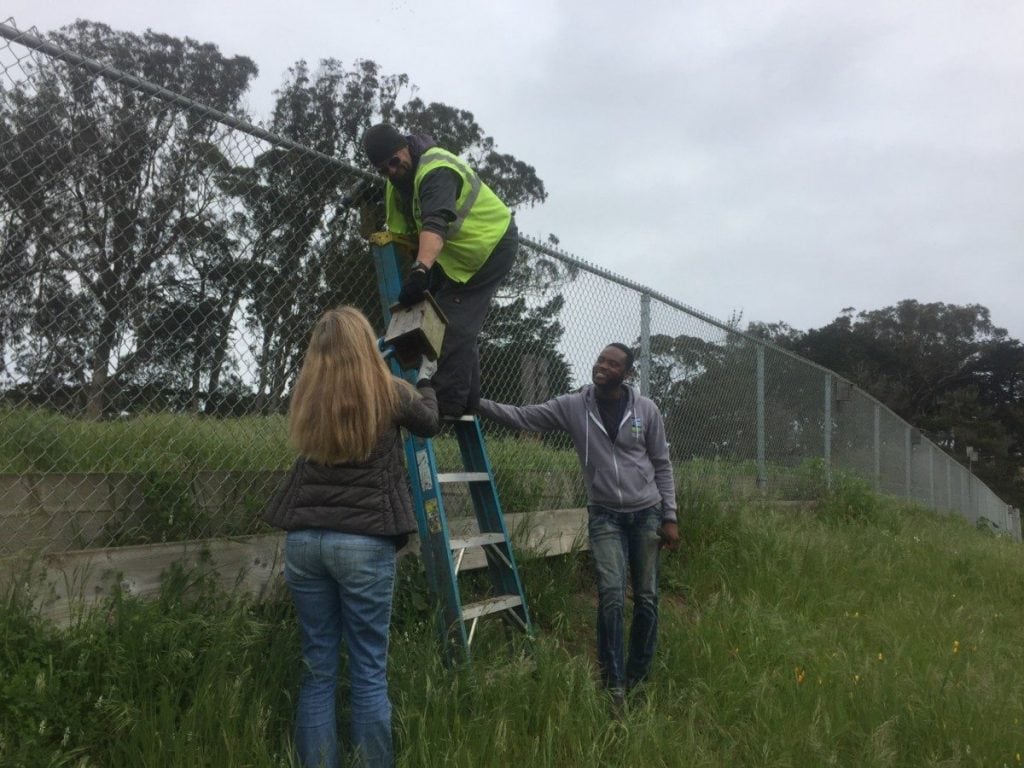 Installing nest boxes for the 2017 nesting season at the Bison Paddock / Photo by Eileen Richey
Installing nest boxes for the 2017 nesting season at the Bison Paddock / Photo by Eileen Richey
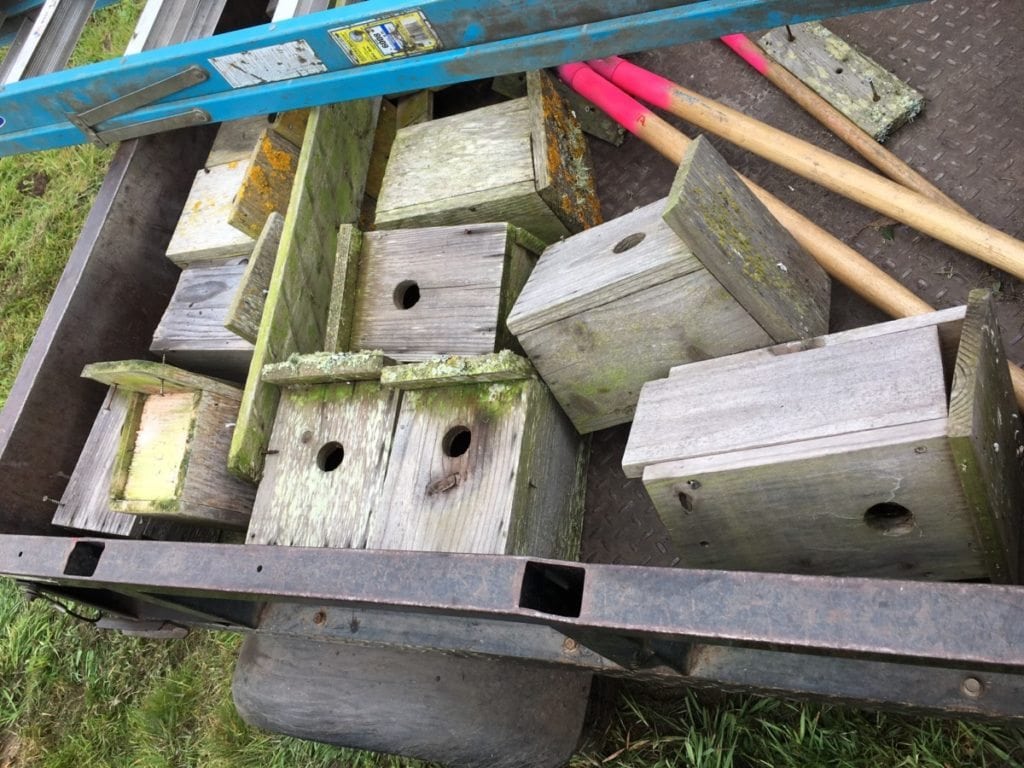 Nest boxes for Tree Swallows and Western Bluebirds / Photo by Eileen Richey
Nest boxes for Tree Swallows and Western Bluebirds / Photo by Eileen Richey
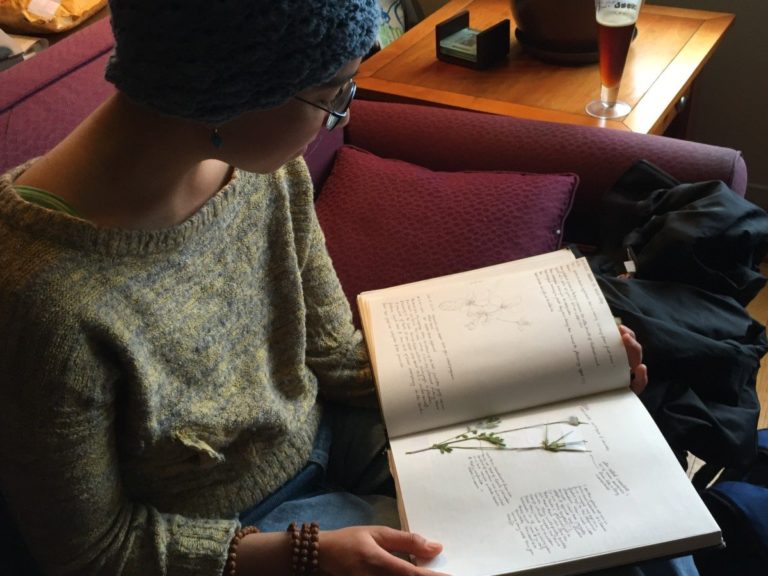
 Natasha Lowery and her nature journal
Natasha Lowery and her nature journal
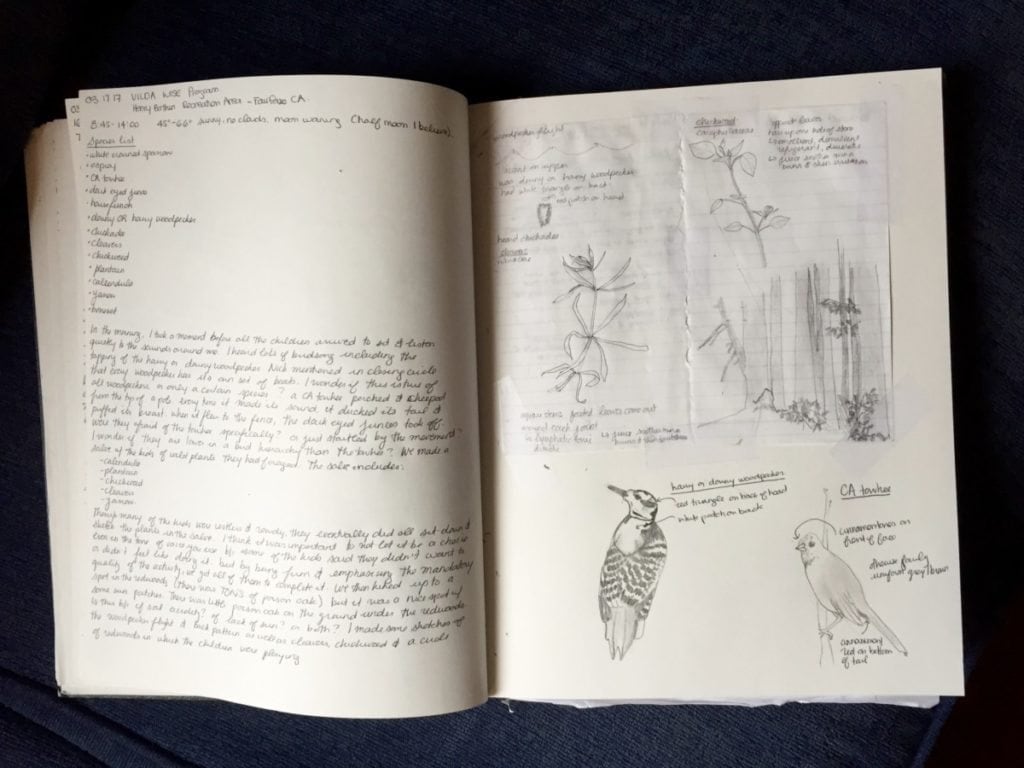 Field journals can include both notes and sketches
Field journals can include both notes and sketches
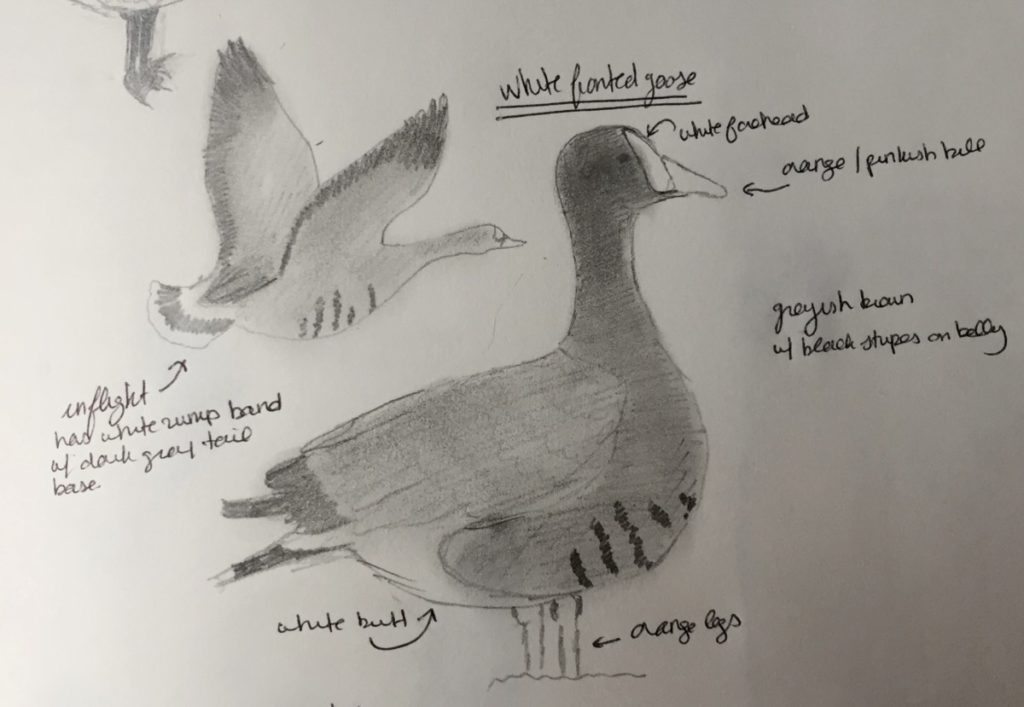 To help learn key ID marks, Natasha also does drawings based on images from field guides
To help learn key ID marks, Natasha also does drawings based on images from field guides
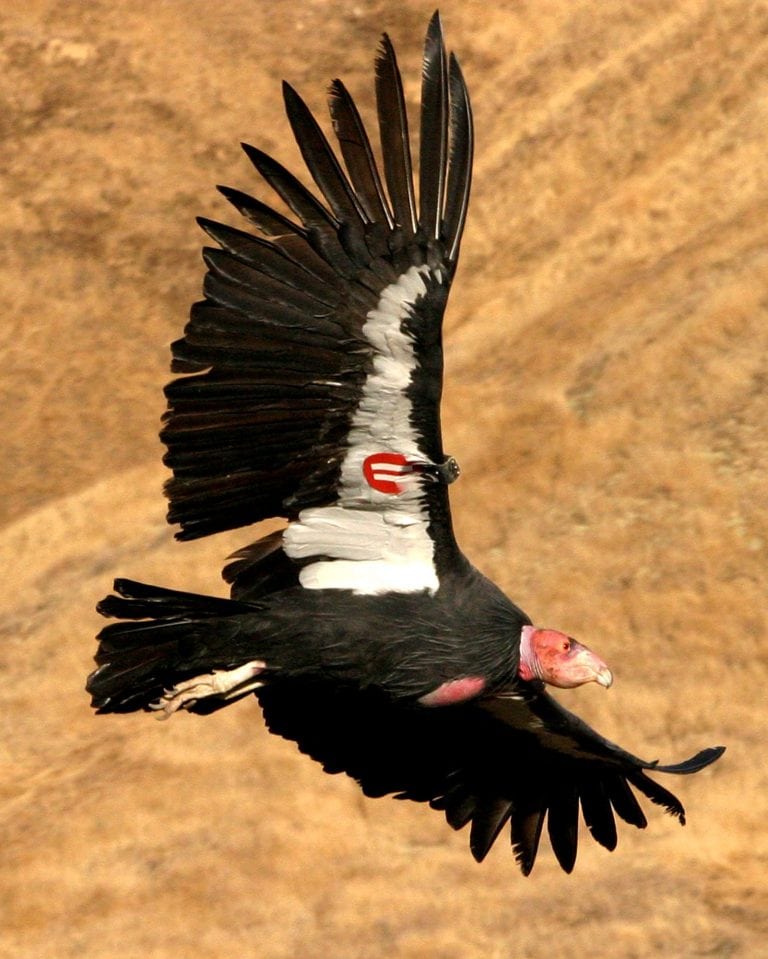
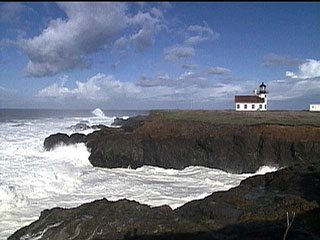 Point Cabrillo light station
Point Cabrillo light station
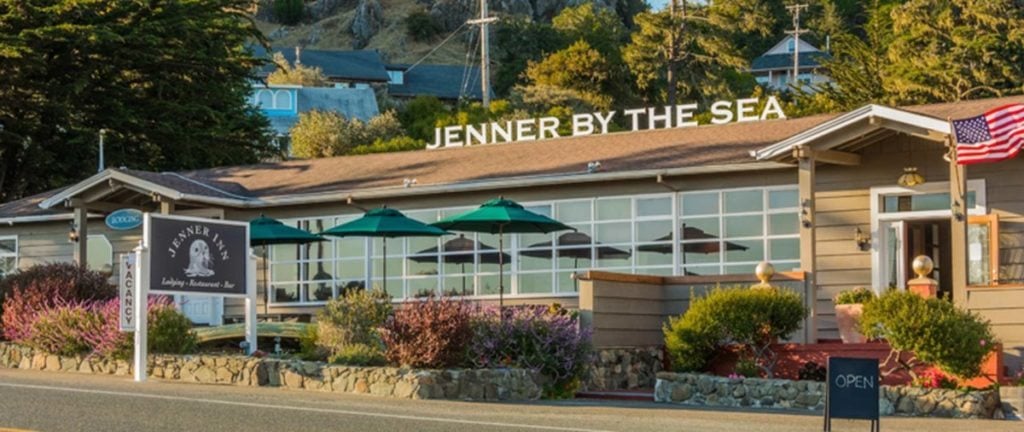 Jenner Inn
Jenner Inn
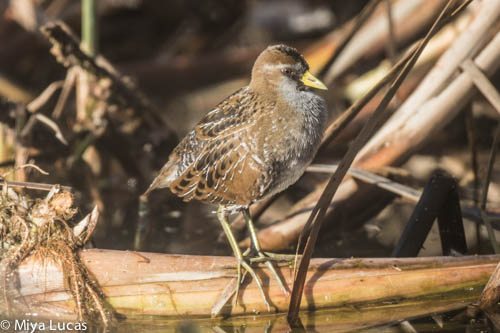
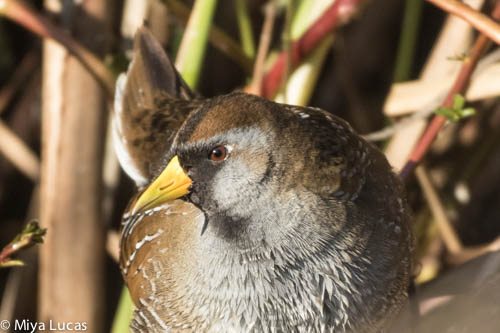 Male Sora by Miya Lucas
Male Sora by Miya Lucas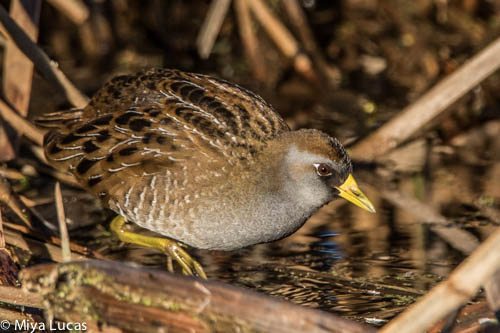 Female Sora by Miya Lucas
Female Sora by Miya Lucas